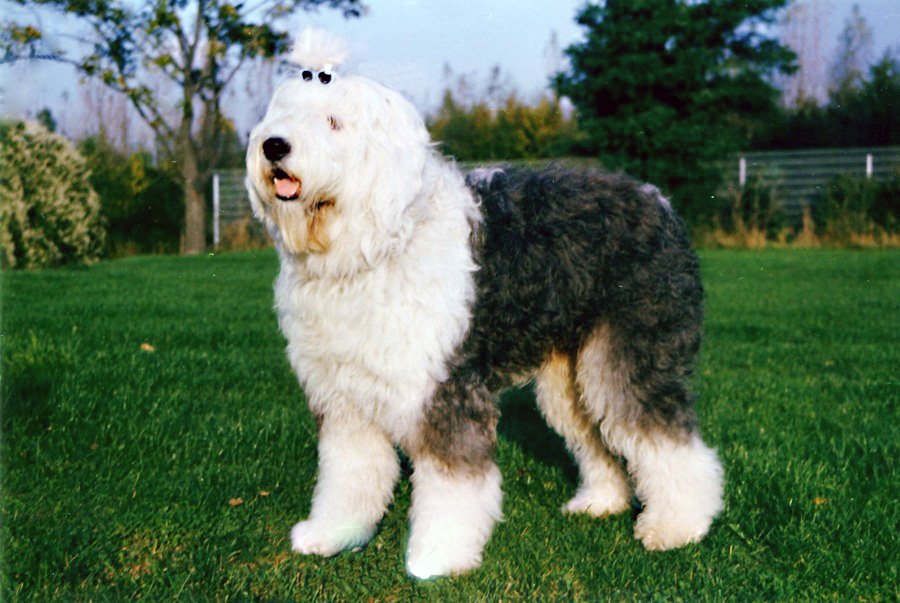You know that friend who’s a chef but orders takeout every night? Or the mechanic who drives the rustiest car on the block? Well, professional dog groomers have their own version of this irony. After years of working with every breed imaginable, clippers in one hand and treats in the other, many groomers make some surprising choices when it comes to their own four-legged family members.
It’s not that these breeds are bad dogs. Far from it. But when you spend your days dealing with matted coats, anxious pups who hate nail trims, and the occasional ankle-biter with serious attitude problems, your perspective on “low maintenance” shifts dramatically. These professionals know exactly how much time, energy, and money certain breeds require, and sometimes they’d rather love them from a professional distance.
Goldendoodles and Labradoodles
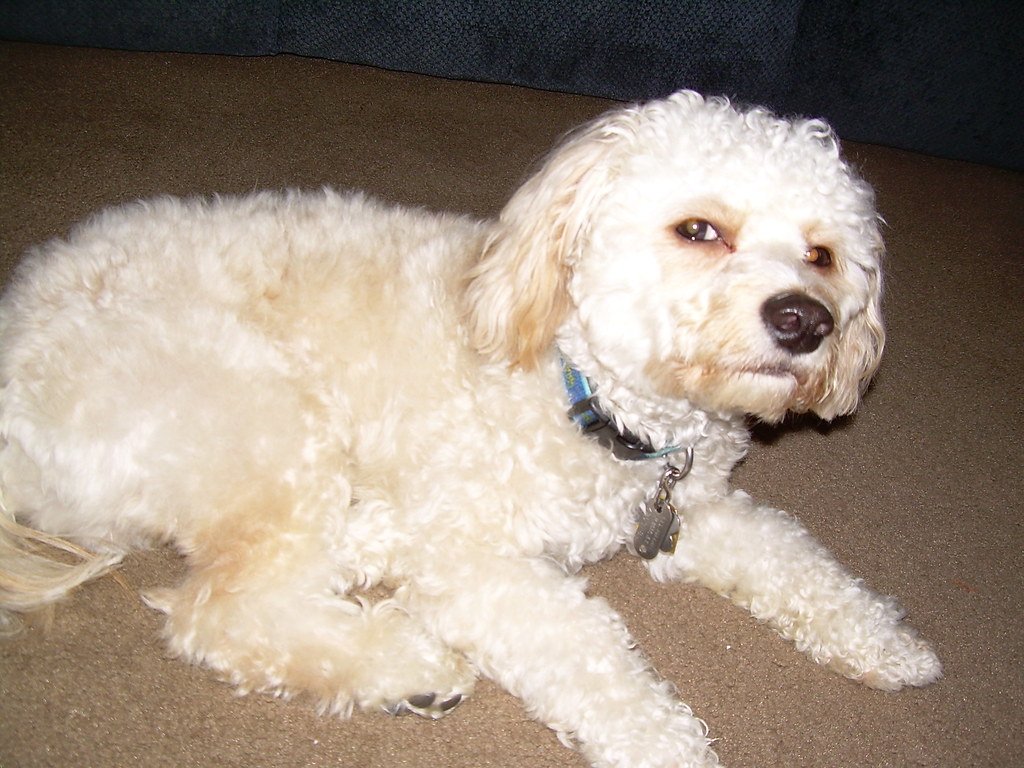
Here’s something that might shock you: goldendoodle owners in tears when we’ve shaved their dog’s curly fur down – but that’s what’s best for this breed after a certain age. Despite their reputation as perfect family dogs, doodles top many groomers’ personal avoid list. many Cockapoo owners underestimate their dog’s grooming needs in the first year, and this pattern extends to all poodle mixes.
The problem isn’t the dogs themselves – it’s the maintenance nightmare. poodles and doodles have curly and wavy coats that do not shed as much as straighter coats, however these can become matted more easily. Professional groomers know that Doodles and fluffy breeds will take a lot longer to brush, wash, dry and then cut compared to a shorthaired breed like a labrador. So 2 – 3 hours would be normal, but the longer the hair, or any matting will take them longer to work through.
Shih Tzus
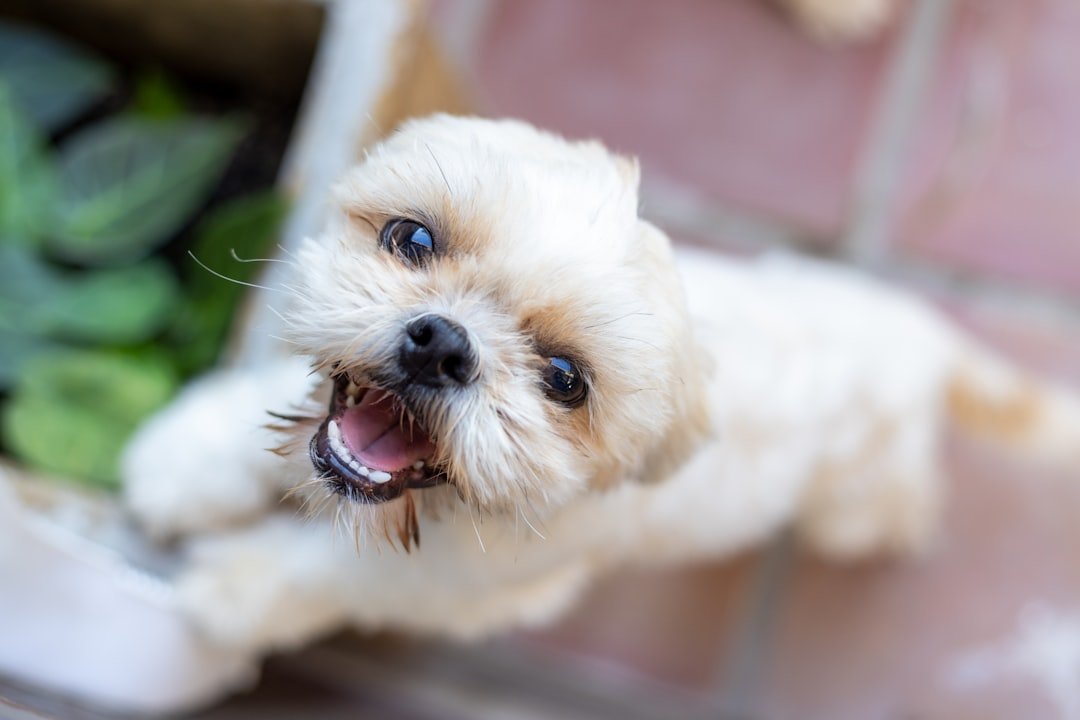
These little lions might look adorable, but Shih-tzu’s tend to be one of those breeds that are stubborn and little rockheads. I have several Shih-tzus that I groom that are biters. After working all day with feisty Shih Tzus who treat every grooming session like a battle, many groomers prefer dogs that actually enjoy being pampered.
This breed is as high-maintenance as they come. Its flowing double coat grows fast and mats easily, meaning salon visits every four weeks and daily upkeep in between. Add in face cleaning and wrinkle care, and you’re clocking serious grooming hours. When you’re already spending your workdays managing these intensive grooming needs for clients, the last thing you want is more of the same at home.
Afghan Hounds
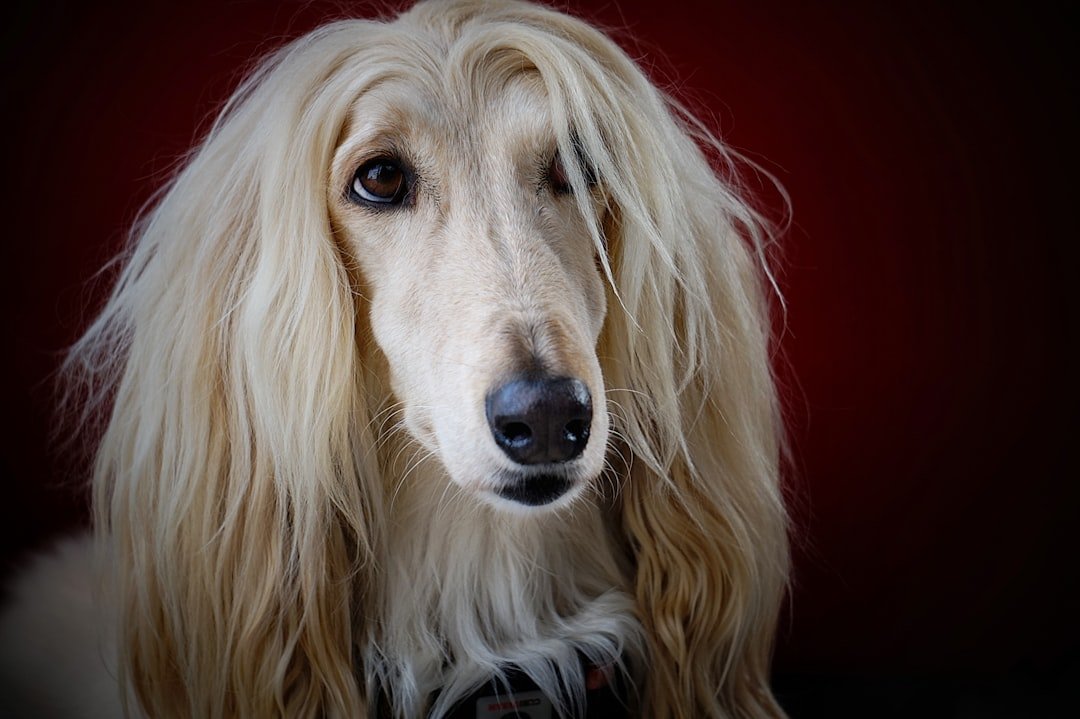
Their silky coats and regal postures have made Afghan Hounds look as though they strolled off a runway. But this comes at a price: Afghans are famous for their stubborn streak and will only follow commands if there is a good reason to do so. Their aloof nature and high grooming needs might be more than a busy family with soccer games and homework can handle.
Professional groomers appreciate Afghan Hounds from an artistic perspective – they’re gorgeous dogs that showcase grooming skills beautifully. However, breeds such as a Maltese or Afghan Hound have longer, flowing coats that require regular brushing to prevent tangles and matting. A thorough, professional grooming every 4 to 6 weeks is recommended for long-haired breeds. That level of commitment becomes less appealing when it’s your own dog requiring hours of daily maintenance.
Standard Poodles
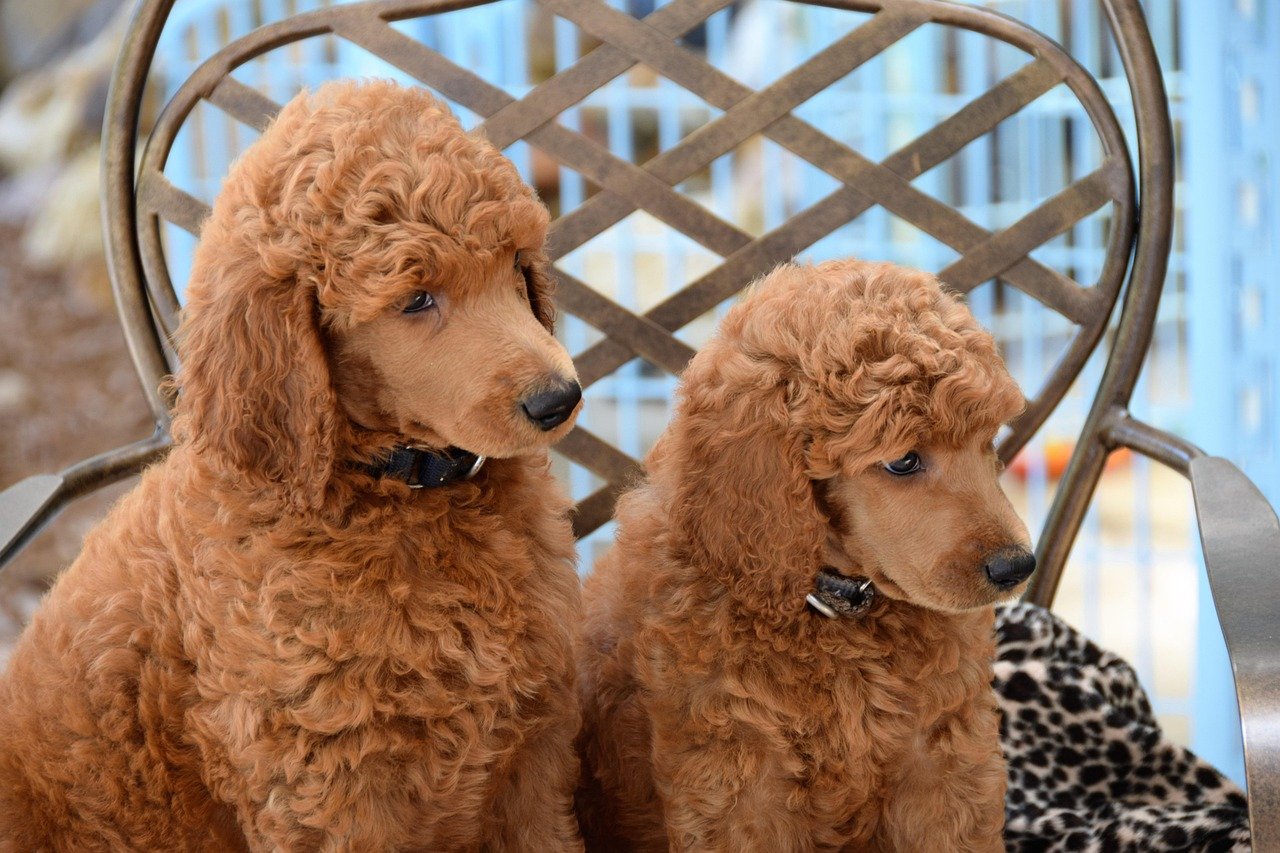
This might seem counterintuitive since poodles are a groomer’s bread and butter, but that’s exactly the point. Standard Poodles are like grooming a small sheep – lots of surface area and lots of hair. They generally tolerate longer grooming sessions well, but they also require more time and bigger tools. Expect to spend 2-3 hours on a full groom.
Professional groomers often joke that they see enough poodles during work hours to last a lifetime. Take poodles, for example. Their curly, hypoallergenic coat needs to be clipped and styled regularly to avoid matting and detangling. Besides, their jaw-dropping cuts like the “Continental” or “Lamb” trim require precision and skill. When you’re perfecting poodle cuts all day, you might crave something simpler when you get home.
Chow Chows
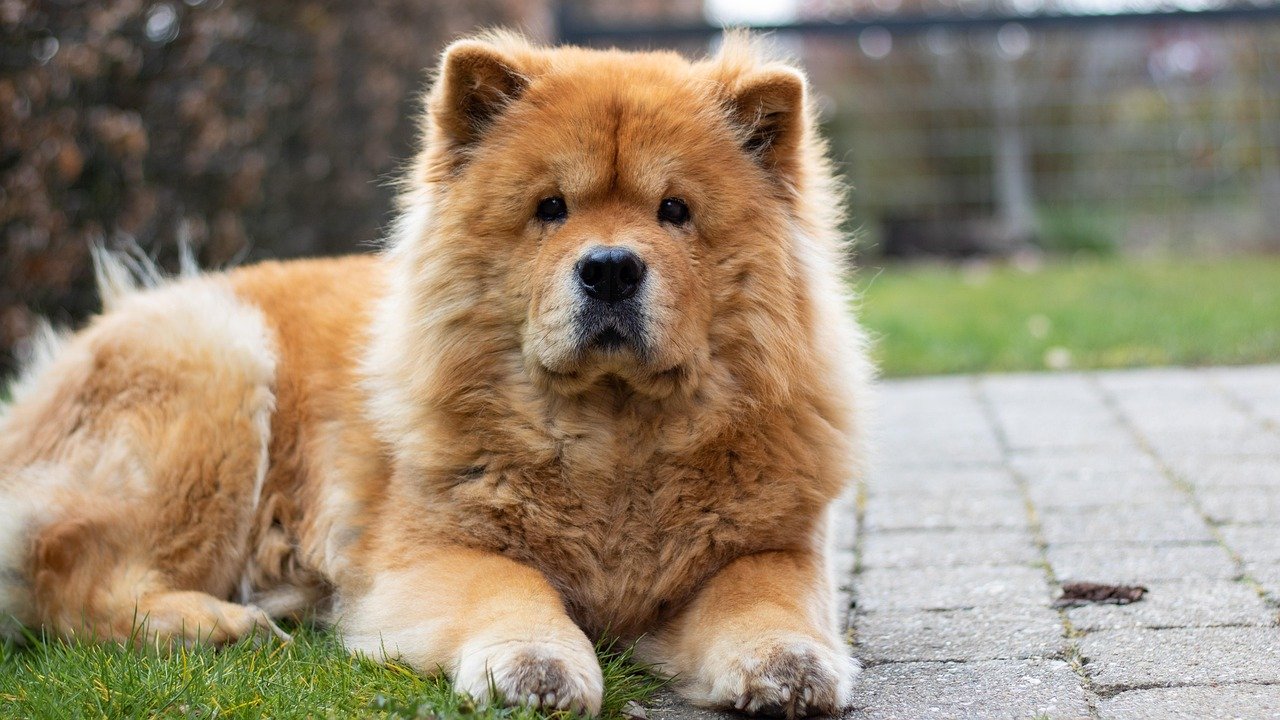
Chow chows need to be brushed thoroughly at least twice a week and need to be bathed every month, and all mats should be removed by brushing or combing the undercoat. Chow Chows need to be brushed thoroughly at least twice a week. But it’s not just the grooming – it’s the attitude that comes with it.
Chows are not easy dogs even for experienced dog owners that plan on extensively training and working with their dogs. They dislike repetition, are intolerant of handler mistakes, have high prey drives and tend to have poor food/toy drive (making them harder to train even if you know what you’re doing), and are environmentally aware to the point of having difficulty in busy settings. I know several as working sport dogs and they will not show an entire weekend because the dogs simply do not want to continue listening if they have done it for a while. For groomers who deal with challenging personalities all day, a more cooperative companion at home sounds pretty appealing.
Cocker Spaniels
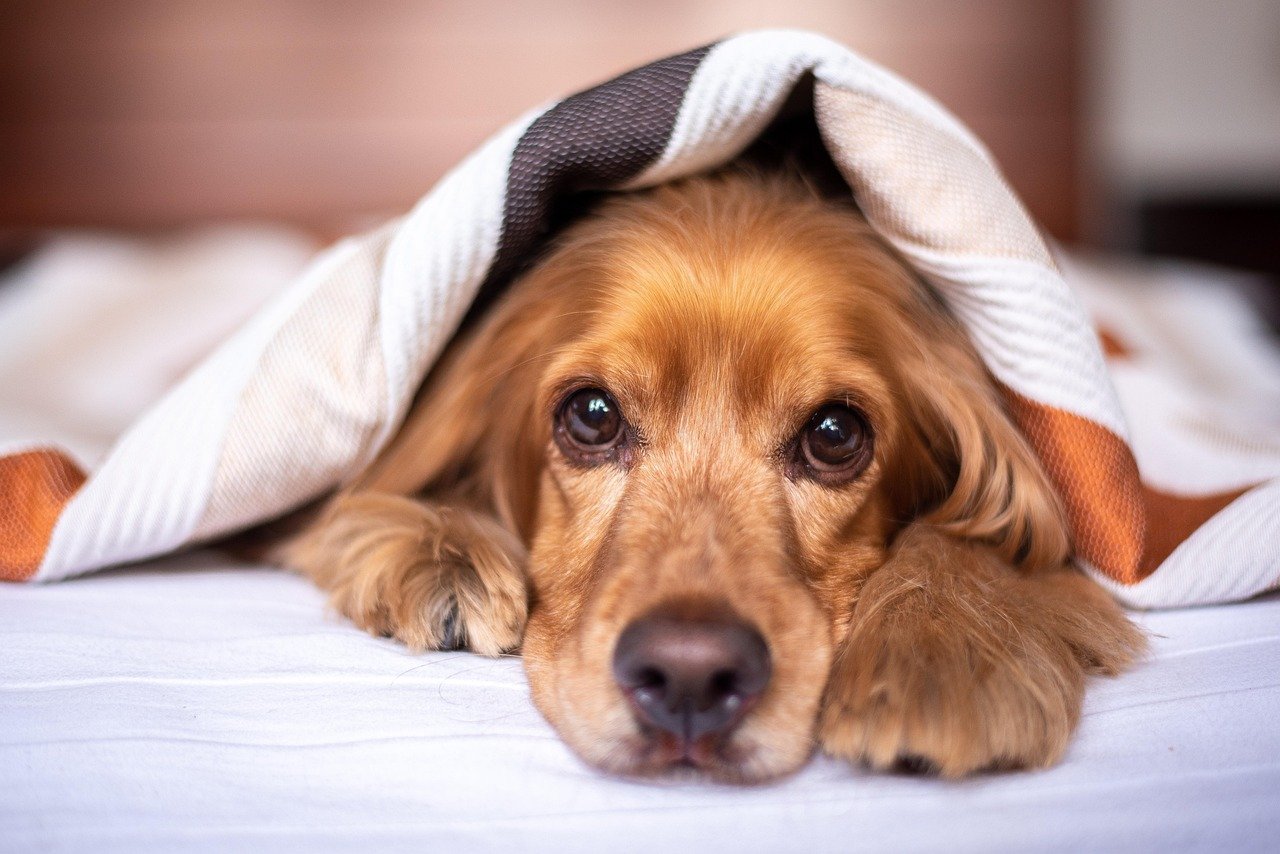
Cocker spaniels require regular, thorough grooming as well as thorough bathing using high quality dog shampoo. The AKC explains: “Thorough rinsing and re-rinsing are crucial, as soap residue can cause skin irritation. Dry carefully with a blow-dryer on not too hot a setting.” Learning the right grooming procedures, including for the ear canals, is “key,” it notes, suggesting those who are not able to commit seek the help of a professional who is experienced with the breed.
Groomers know that Cocker Spaniels aren’t just high-maintenance – they’re also prone to anxiety during grooming sessions. Although they are usually affectionate and gentle, Cocker Spaniels can be sensitive. Loud noises and rough handling may not be the best thing for them, as they don’t always adapt well to the chaos of a family home, and can become stressed or nervous. After dealing with stressed-out Cockers at work, many groomers prefer dogs that actually enjoy spa day.
Bichon Frises
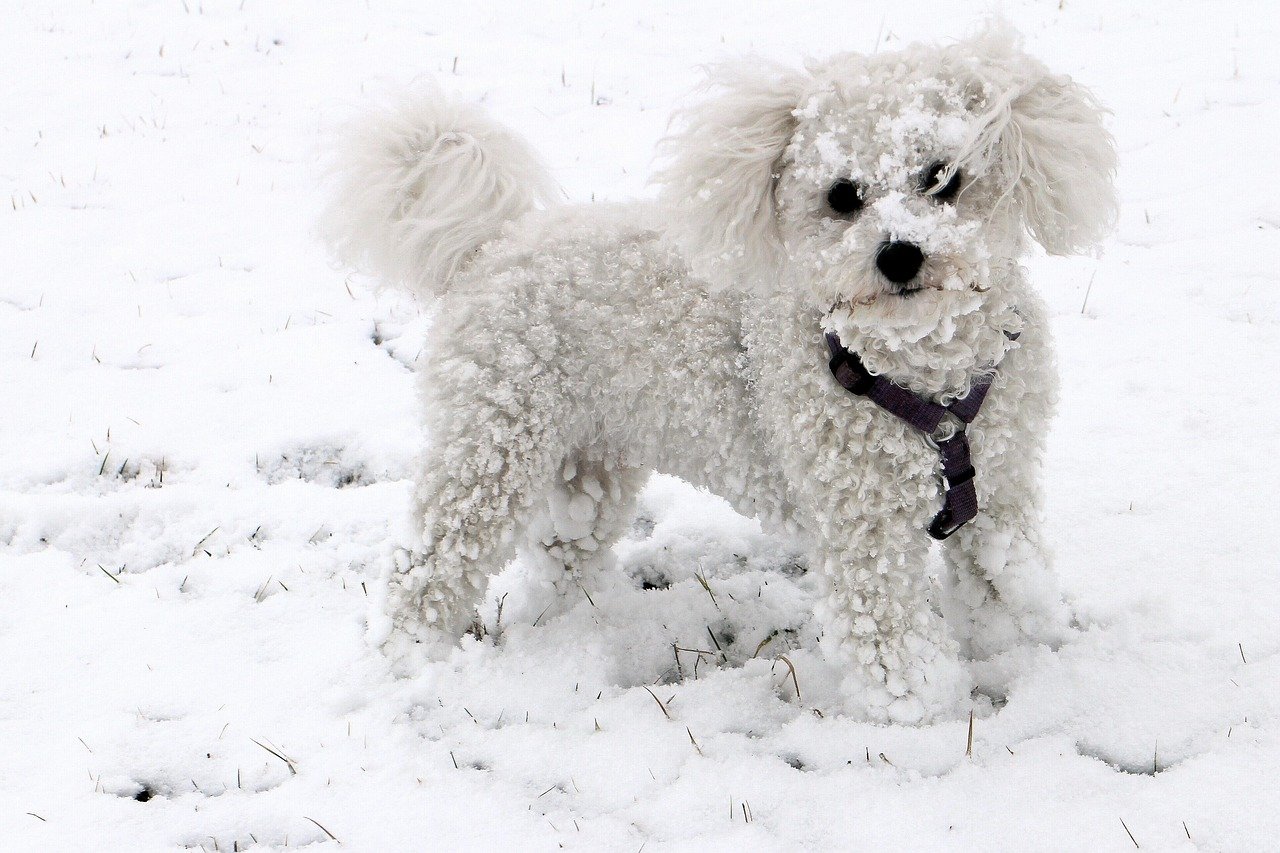
These fluffy white clouds are adorable, but they’re essentially walking grooming appointments. Their powder-puff coats require brushing a Poodle every day to remove loose hair and prevent matting, along with more thorough grooming and trimming sessions every six weeks or so. The same maintenance level applies to Bichons with their similar coat texture.
The real challenge comes from the fact that these coats show everything. Every speck of dirt, every tiny mat, every slightly uneven scissor cut becomes glaringly obvious on a white, fluffy coat. Professional groomers appreciate the technical challenge, but many admit they’d rather not worry about keeping that pristine white fluff perfect in their own living room.
Maltese
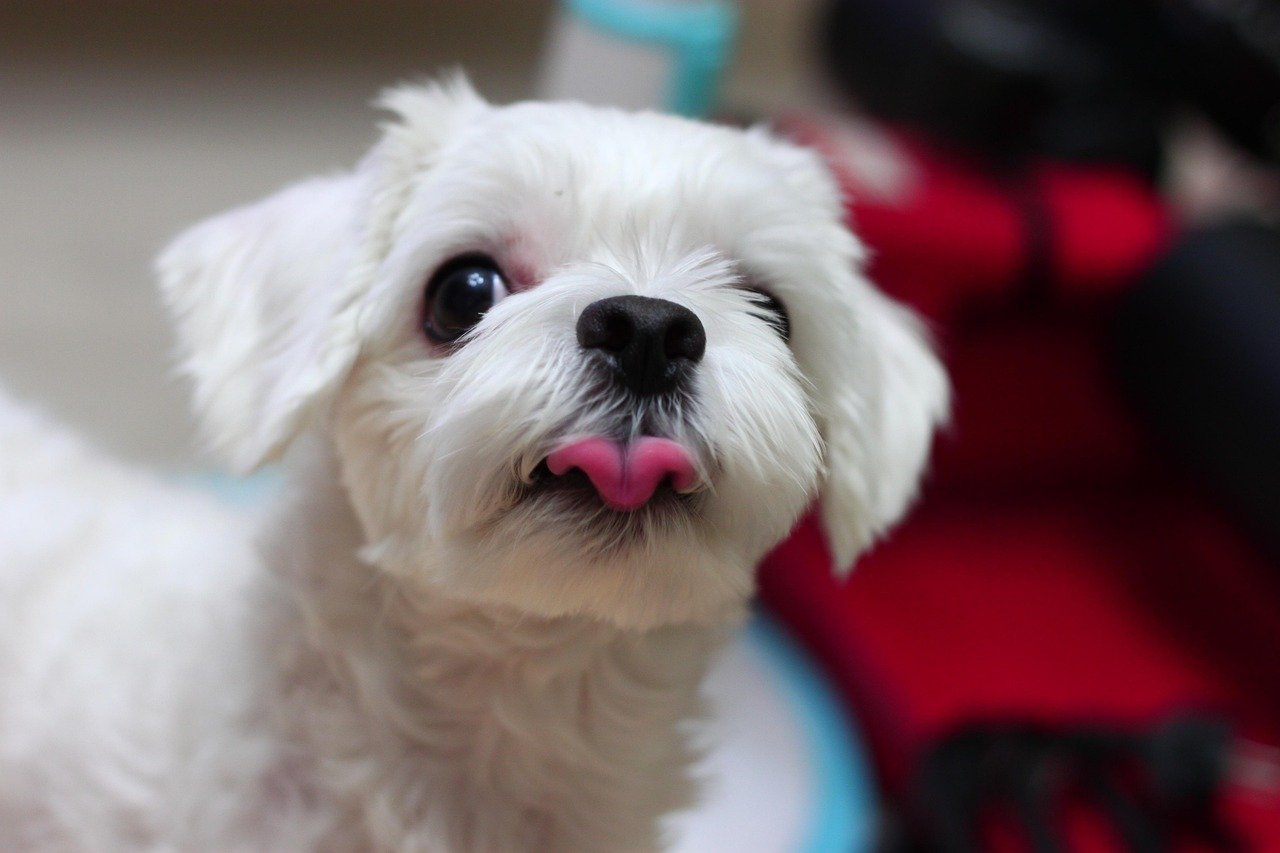
These tiny aristocrats pack a lot of grooming demands into a small package. breeds such as a Maltese or Afghan Hound have longer, flowing coats that require regular brushing to prevent tangles and matting. A thorough, professional grooming every 4 to 6 weeks is recommended for long-haired breeds. But it’s not just the frequency – it’s the precision required.
Maltese coats are unforgiving. Miss one brushing session, and you’ve got mats. Let the hair around their eyes grow too long, and you’ve got eye irritation. If your dog’s hair grows in front of their eyes, as often happens with Cockapoos, Cavapoos, Maltipoos and longer-haired crosses, they’ll need regular trims of their fringe and nose area – using blunt scissors – to keep their vision clear and prevent eye irritation. (It’s a good idea to ask your groomer’s or vet’s advice before trying this at home.) Many groomers find this level of constant vigilance exhausting when it comes to their own pets.
Old English Sheepdogs
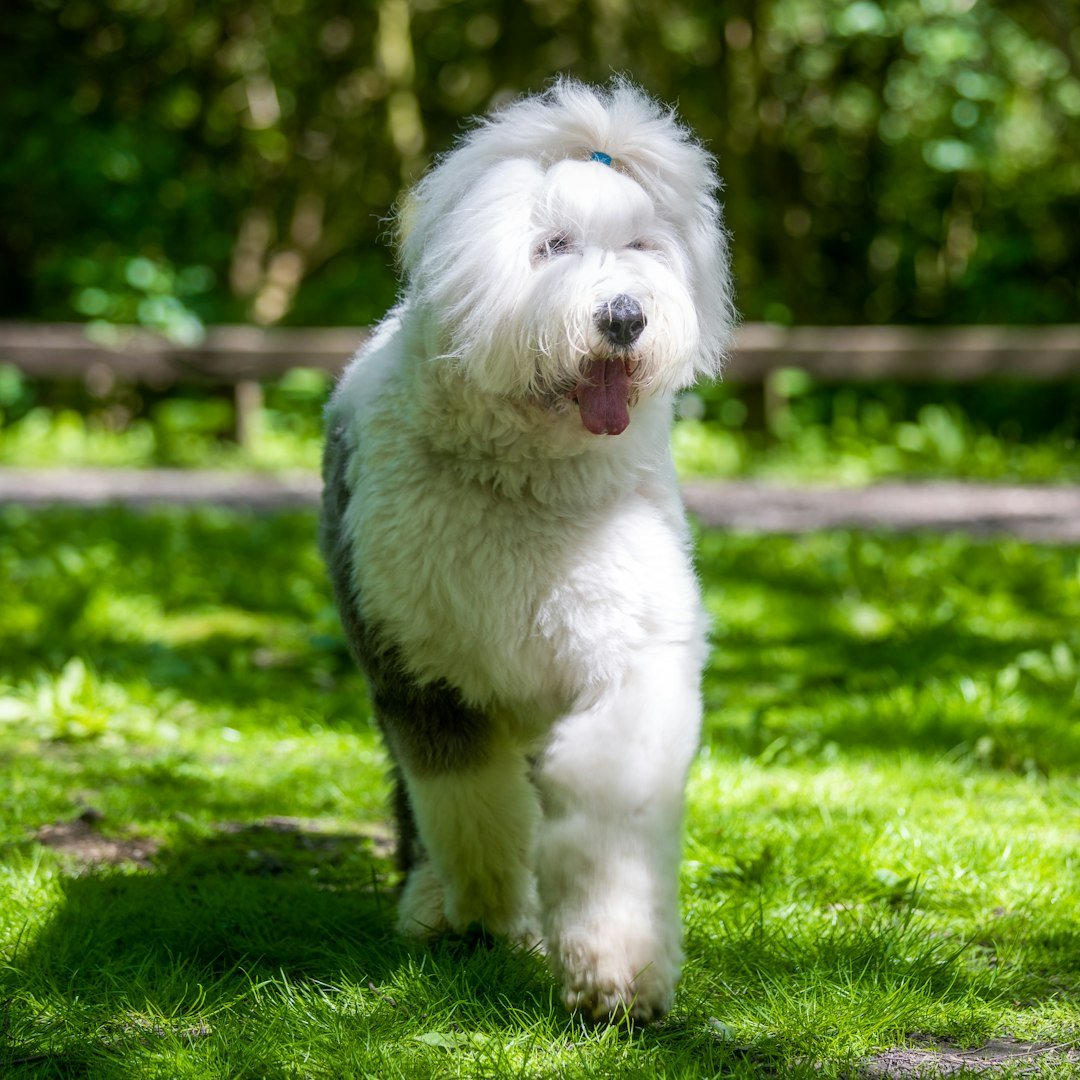
These gentle giants are basically four-legged dust mops, and that’s not necessarily a compliment from a grooming perspective. Their massive double coats require professional-level maintenance, and For the average double-coated dog, we recommend daily brushing and monthly baths. The best type of grooming is a vigorous undercoat raking with special tools offered at your groomer.
The sheer volume of hair is intimidating even to professionals. One Old English Sheepdog produces enough brushed-out fur to stuff a small pillow after every grooming session. When you’re already dealing with hair tumbleweeds at work all day, the thought of your own home being constantly decorated with dog hair becomes less appealing. Plus, these dogs are large enough that grooming them at home becomes a serious workout.
Portuguese Water Dogs
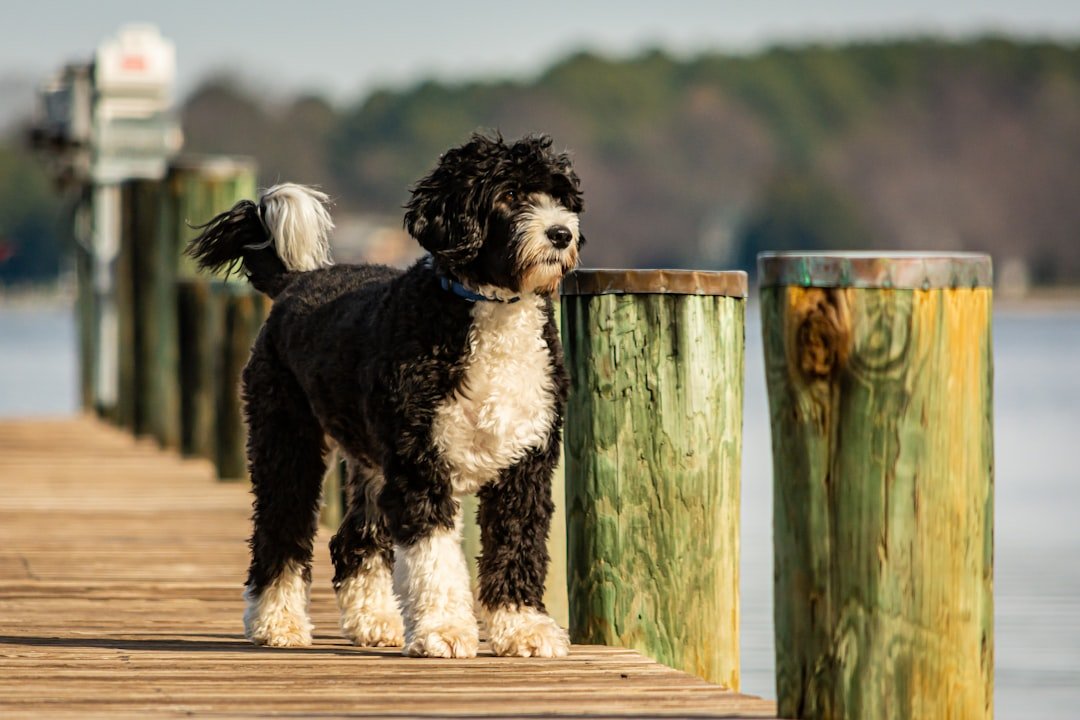
These athletic swimmers might seem like a dream breed, but Active and intelligent, the Portuguese Water Dog makes an excellent choice for active families with children of all ages. Having hair rather than fur, their coats continually grow and, therefore, require regular brushing, bathing, and trimming. The key phrase here is “continually grow” – their coats never stop, which means the maintenance never stops either.
Professional groomers respect these dogs’ intelligence and athleticism, but they also know that Portuguese Water Dogs need the same intensive coat care as Poodles. make sure you have the time (and funds) to dedicate to grooming, as the coat care for a Sheepadoodle requires daily brushing and regular professional grooming sessions. After spending all day providing that level of care for clients’ dogs, many groomers prefer companions that don’t require quite so much dedication to coat maintenance.
Conclusion
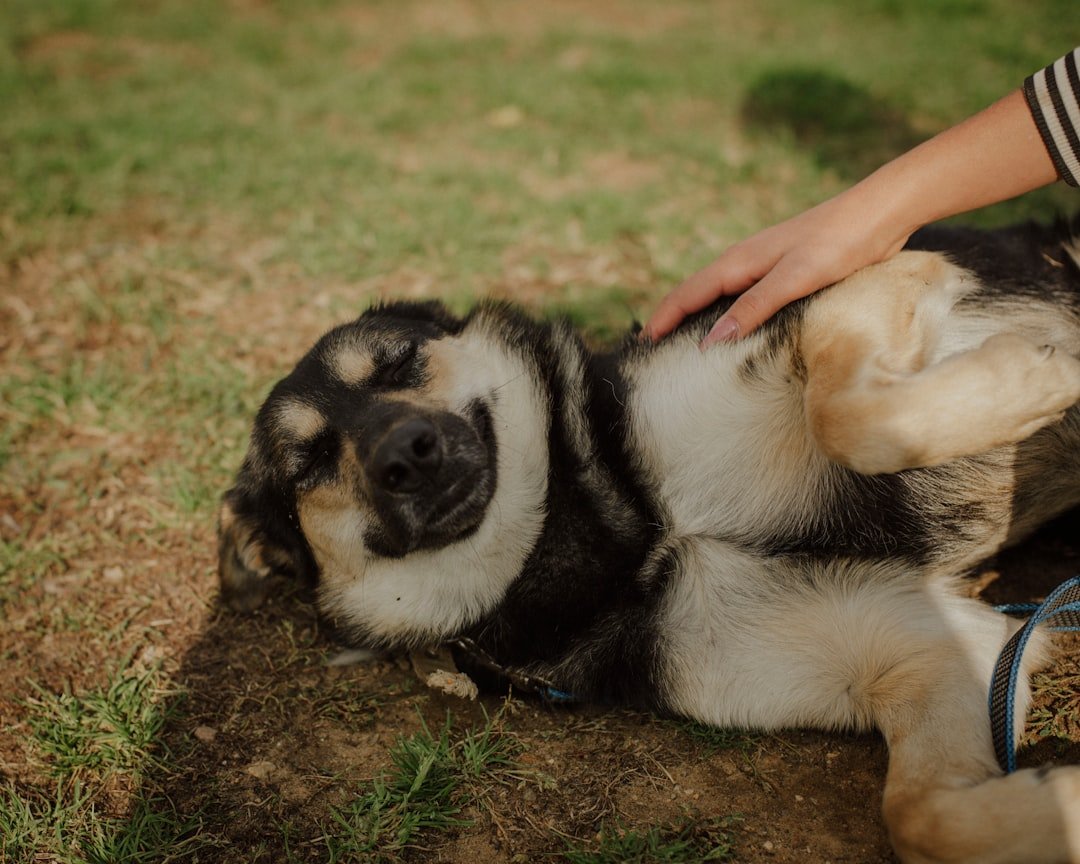
Professional groomers develop a deep appreciation for dogs that are genuinely happy to be groomed, have manageable coats, and don’t require constant maintenance between appointments. It’s not that they dislike the high-maintenance breeds – they’re often the most rewarding dogs to work with professionally and showcase a groomer’s skills beautifully.
But when it comes to their own furry family members, these professionals often gravitate toward dogs that let them actually relax at home instead of continuing their workday. They’ve learned that sometimes the most loving thing you can do is recognize which breeds match your lifestyle and energy levels. After all, a tired groomer doesn’t make the best dog parent, no matter how skilled they are with clippers and brushes.
What surprised you most about these choices? Did you expect professional groomers to avoid some of the breeds they work with most often?

